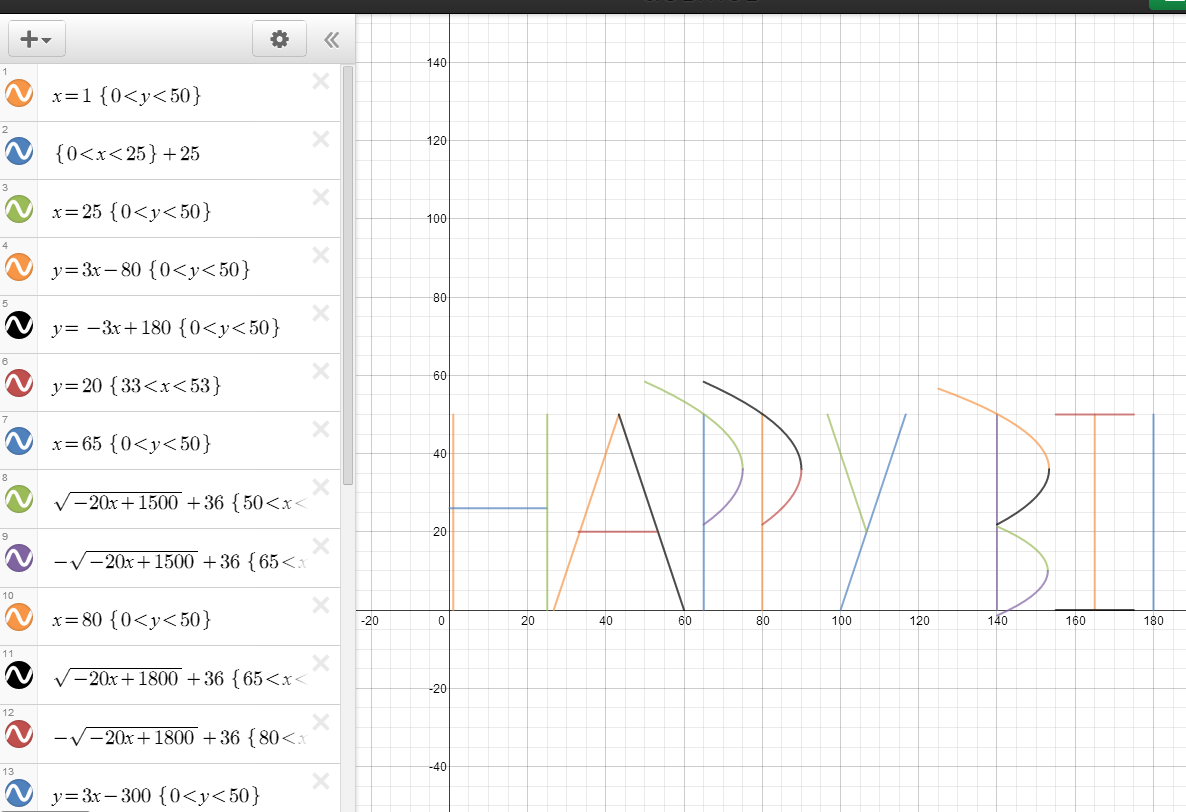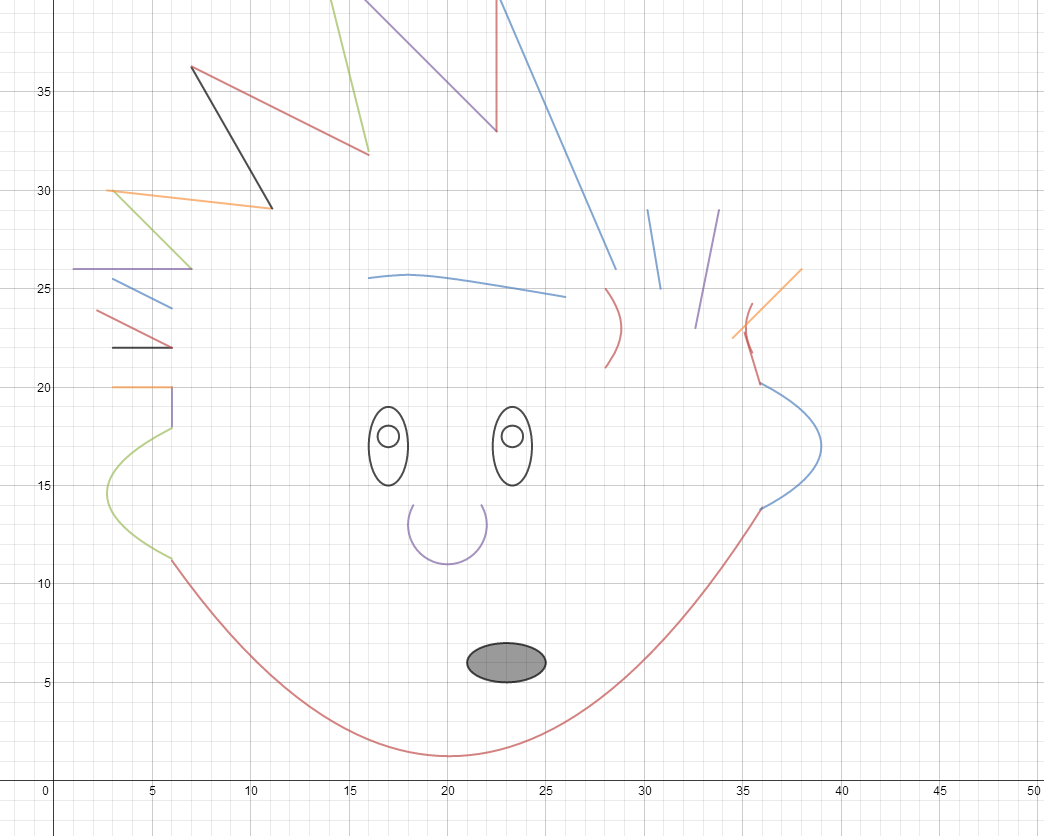I'm in love!! ...with Kahoots!
No, I didn't give you a link and don't Google it yet! Read me out. I promise I'll give you a short rundown of why you must use it in your class- tomorrow in fact! It fits in perfectly and integrally to a SBL and COL classroom. (If you really have to rush just read the bold- you'll get the idea).
You know clickers and instant feedback systems etc? Well my school doesn't have money laying around to get those and in fact I'm pretty sure I like Kahoots better. So here's why:
No, I didn't give you a link and don't Google it yet! Read me out. I promise I'll give you a short rundown of why you must use it in your class- tomorrow in fact! It fits in perfectly and integrally to a SBL and COL classroom. (If you really have to rush just read the bold- you'll get the idea).
You know clickers and instant feedback systems etc? Well my school doesn't have money laying around to get those and in fact I'm pretty sure I like Kahoots better. So here's why:
Simplicity:
- Any device works! It doesn't matter what device you or your students have, what software it runs or how old it is. If it can access the internet you're in.
- No downloads, logins or complicated instructions. This is about as simple as you can get.
- Incredibly easy interface for creating questions.
Value:
- Immediate feedback. I see immediately
- What % of students get each question.
- Which students get it the most overall (by their running total)
- Discussion. I can immediately address misunderstandings and discuss incorrect answers. The quiz has a setting for auto-proceed or manual. I like manual because I can pause to discuss answers with students and discover misunderstandings while strengthening critical thinking skills and mastery.
- High level thinking. Though it is multiple choice, more than one answer can be labeled correct so students are challenged with higher level thinking skills (no simple process of elimination here!).
- Media options. Every question has the option to drag and drop a picture or video above it. So if you want students to respond to a graphic or to clarify a question with a graphic or video, you are all set!
- Repeat to reinforce. Students love it so much they beg to play it again and again which reinforces the concepts with practice (and since it auto-shuffles the answers they can't just go by location).
- Student growth: Repeat playing shows student growth and they take it on as a challenge.
- Data analysis:
Teacher can download the results which are in spreadsheet form and are broken down by question and overall and include student names for great analysis- no work involved! - Learners become leaders:
Students can make their own and challenge their classmates. This makes learners leaders and forces students to think of wrong answers as well as right ones which really stretches them and takes their learning to a new level. - Great leveler:
I found that students typically labeled "faster" did not have any advantage. They often presumed too much or acted to quickly and hurt their own score enabling "slower" students to catch up with them. Also the scoring emphasizes growth! Each time a student completes a question they are told exactly how many points they are behind the next highest scorer. This gives every student an attainable goal which I love. The "slowest" may start at the bottom but they can climb their way up by trying to be just a little more accurate or quick on the next question. A student who was last on the first game was the winner of the fouth and quite psyched!
My class has never been this loud! But they were so universally engaged, motivated and on task that I couldn't care less! If you already use Kahoot! I would love to get tips from you! If you are trying it for the first time, I'd love to hear how it goes!
Here's how it works:
1. Creator makes the quiz (could take 2 minutes if it is only a few questions).
2. When the class is ready, one device is used to project the quiz on the wall. The link (it's always kahoot.it) and pin are shown clearly on the screen.
3. Every student* navigates to the link, types in the pin and enters a nickname**
4. As students enter their names they appear on the screen. When everyone's in, press start and off you go!
5. Before the answers appear, the question is shown on the screen for a little over 5 seconds. This is a great time to make sure everyone understands it. Practically, the delay ensures every device is ready to record their answers.
 |
| Front of class view |
Student view
6. The question and answer choices appear on the screen. Symbols that correspond to each answer appear on every device. Students race each other and the clock (predetermined time by the creator) to click their answer gaining points for correctness and speed.
 |
| Front of class view |
 |
| Student View |
7. Once everyone's answer is submitted, the correct answer(s) and breakdown of student choices are displayed. At this point the presenter regains control and is able to discuss the question, re-show the picture if needed and move on to the current scoreboard (top 5) at their own pace.
 |
| Front of class view |
Student view
 |
| Normally top 5 are shown |
Steps 5-7 are repeated until you run out of questions, at which point (if your students are anything like mine) they will beg you to do it again since they just must beat their friend or reach the top of the scoreboard! Build in some time for repeats and you will discover they love practice more than they ever thought ;) and you get great feedback painlessly!
There is a final page for students to give simple feedback for the creator which is especially great when learners become leaders and make their own.
 |
| Front of class view |
 |
| Student view |
----------------------
* I found that students could share a device if necessary. They took turns answering collaborating very vocally.
**At first I required them to use their names so I knew. Then I discovered it didn't matter since they were all so proud of the names they came up with and so vocal about their standings!


.PNG)

















